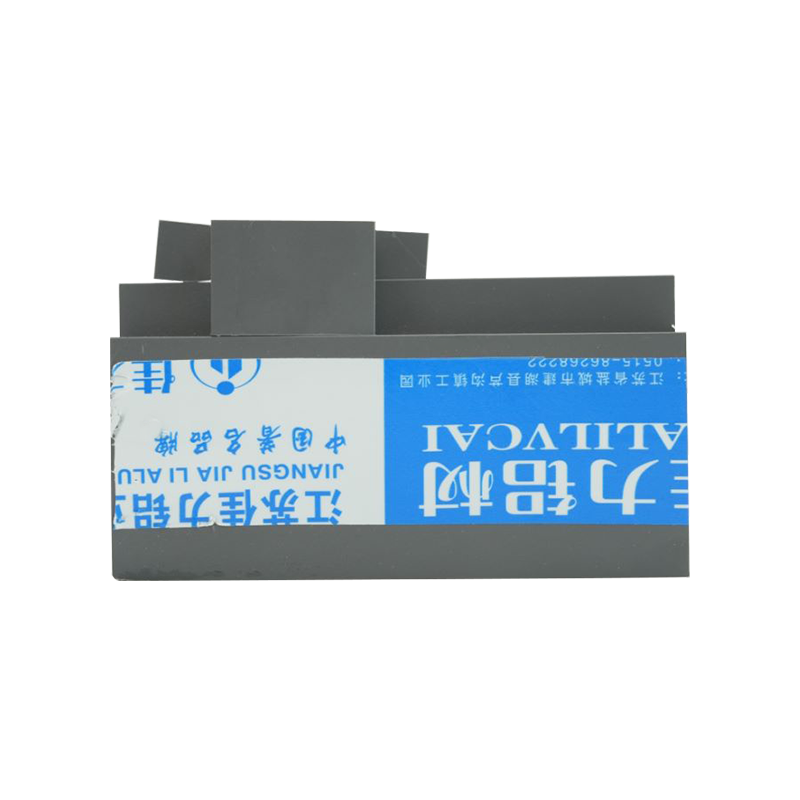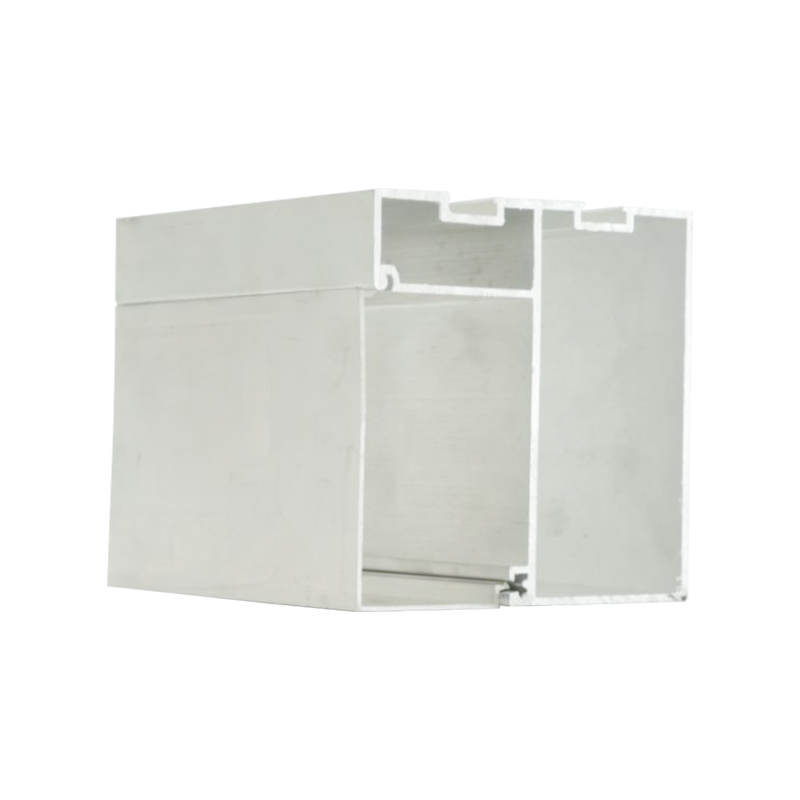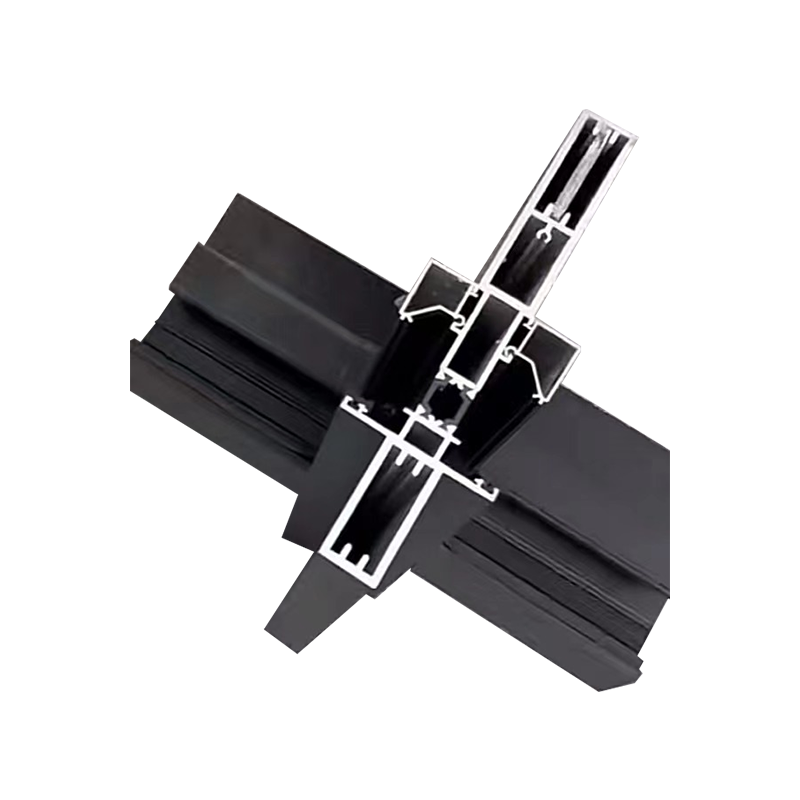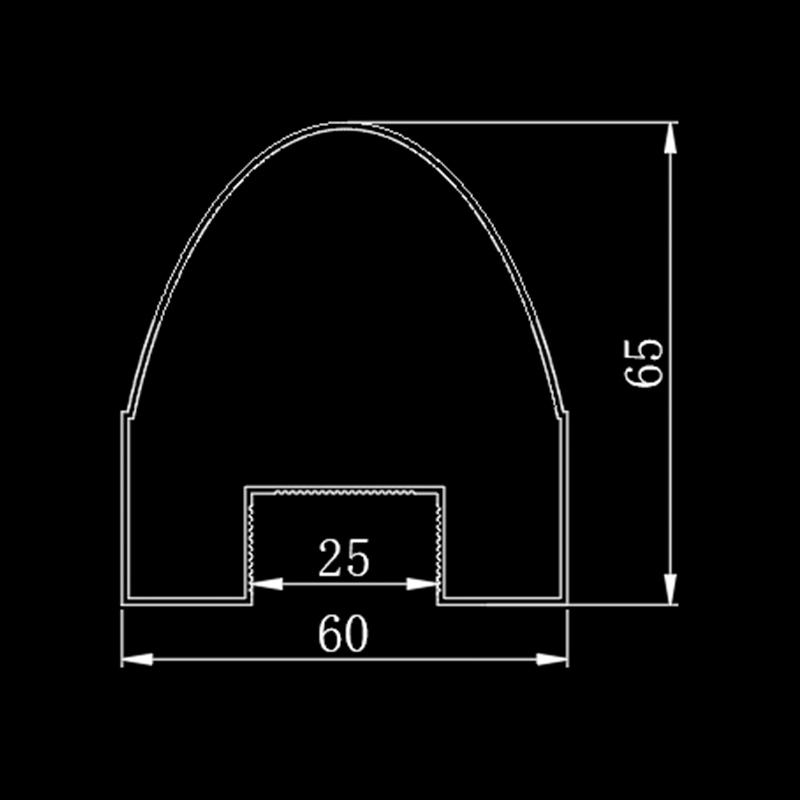Selecting the right telescopic door aluminum profile is crucial for ensuring durability, functionality, and aesthetic appeal in both residential and commercial applications. Given the variety of options available, several key factors must be evaluated to make an informed decision.
Material quality and grade
The quality of aluminum used in telescopic door aluminum profile systems directly impacts their strength, corrosion resistance, and longevity. High-grade aluminum alloys, such as 6063-T5 or 6061-T6, are commonly preferred due to their excellent mechanical properties and resistance to environmental factors. Lower-grade materials may save costs initially but often lead to premature wear and structural weaknesses. Additionally, the anodized or powder-coated finish should be assessed for durability and resistance to fading, scratches, and weather conditions.
Structural design and stability
A well-engineered telescopic door aluminum profile must provide structural stability while allowing smooth operation. Key design aspects include wall thickness, reinforcement ribs, and interlocking mechanisms. Thicker profiles generally offer better load-bearing capacity, especially for larger door panels. The track system should be precisely designed to minimize friction and ensure seamless sliding or folding motion. Poorly designed profiles can lead to misalignment, jamming, or excessive noise during operation.
Thermal and sound insulation properties
For energy-efficient buildings, the thermal break technology in telescopic door aluminum profiles is a critical consideration. Thermally broken profiles incorporate a polyamide barrier between inner and outer aluminum layers to reduce heat transfer, improving insulation. Similarly, soundproofing capabilities depend on the profile’s construction, with multi-chamber designs offering better noise reduction. These features are particularly important in climates with extreme temperatures or in noise-sensitive environments.
Compatibility with glazing options
The telescopic door aluminum profile must accommodate various glazing types, including single-pane, double-glazed, or laminated glass. The glazing channel depth and gasket design should securely hold the glass while providing a weathertight seal. Thicker or heavier glass may require reinforced profiles to prevent sagging over time. Additionally, the profile should allow for easy installation and replacement of glass panels if needed.
Aesthetic and customization options
Architectural preferences often dictate the need for customizable telescopic door aluminum profiles. Available in various finishes (matte, glossy, wood-effect, etc.) and colors, these profiles can seamlessly integrate into different design themes. The ability to customize dimensions, shapes, and hardware compatibility ensures that the final installation meets both functional and visual requirements.
Hardware compatibility and smooth operation
The selection of telescopic door aluminum profile must align with the hardware components, such as rollers, hinges, and locking mechanisms. High-quality hardware ensures smooth movement, security, and long-term reliability. Inferior or mismatched hardware can cause operational issues, increasing maintenance needs.
Load-bearing capacity and wind resistance
In regions prone to strong winds or heavy usage, the load-bearing capacity of the aluminum profile is vital. Engineers should evaluate the static and dynamic load ratings to ensure the frame can withstand environmental stresses without deformation. Reinforced profiles with additional bracing may be necessary for larger door systems.
Environmental and regulatory compliance
Sustainable construction practices demand that telescopic door aluminum profiles meet environmental standards, such as low VOC emissions and recyclability. Compliance with regional building codes and certifications (e.g., ENERGY STAR, LEED) ensures safety, energy efficiency, and legal adherence.
Cost-effectiveness and long-term value
While budget constraints are a factor, prioritizing cost-effectiveness over the cheapest option is advisable. Investing in high-quality telescopic door aluminum profiles reduces long-term maintenance and replacement costs. A comparative analysis of material quality, warranty terms, and supplier reputation helps in making a value-driven decision.
Installation and maintenance requirements
Ease of installation and minimal maintenance are desirable traits in telescopic door aluminum profiles. Pre-assembled systems or profiles with simplified joining mechanisms can reduce labor costs. Additionally, corrosion-resistant coatings and self-lubricating tracks minimize upkeep efforts.

 ENG
ENG
 English
English русский
русский 中文简体
中文简体 Español
Español bahasa Indonesia
bahasa Indonesia






